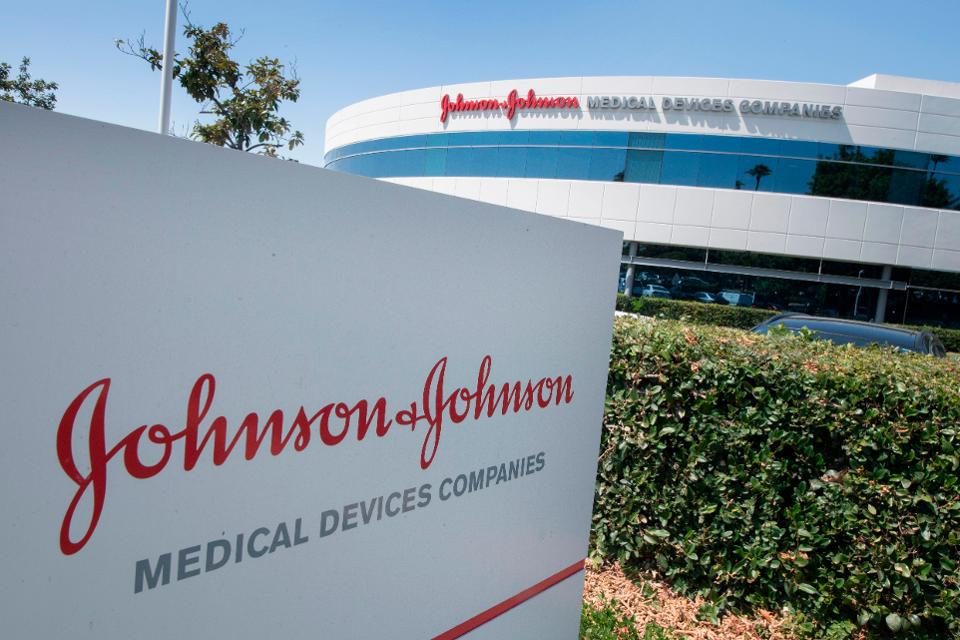Johnson & Johnson announced its plan to allocate $6.5 billion over 25 years to settle a vast majority of the lawsuits claiming its talc-based products caused ovarian cancer. This move, contingent on the approval of the claimants, represents a significant step for the company in addressing longstanding legal and public relations challenges. Historically, these lawsuits have claimed that J&J’s talc baby powder and other talc products, which the company asserts are safe, are linked to ovarian cancer. About 99% of these suits pertain specifically to ovarian cancer impacts.
The financial implications for J&J have been substantial, with the company earmarking approximately $2.7 billion this quarter to enhance its reserve for these claims, pushing the total to around $11 billion. The strategy involves a third attempt at bankruptcy filing by its subsidiary, LTL Management, specially formed to manage talc-related liabilities, after two prior attempts met with legal obstacles.
Navigating Through Bankruptcy and Litigation
J&J has initiated a three-month voting period for the claimants, aiming for a 75% approval rate required to finalize the bankruptcy settlement. This approach, if successful, would conclusively end ongoing litigation and preclude future lawsuits. This process marks the first time claimants have had the opportunity to vote on such a settlement under LTL Management’s bankruptcy cases, indicating a shift in J&J’s strategy to involve stakeholders more directly.
The company’s executives, including Erik Haas, J&J’s worldwide vice president of litigation, have expressed confidence in the plan’s benefits for the claimants, emphasizing that the settlement offers a more favorable outcome than potential trial proceedings. Haas highlighted the inefficiency of the current trial rate, suggesting that resolving the remaining cases could take decades, thus denying many claimants their day in court.
The Impact of J&J’s Legal Resolutions
Despite the settlement plan, J&J has faced significant litigation challenges, including a notable $2 billion verdict favoring 22 women who attributed their ovarian cancer to asbestos in J&J’s talc products. While the company has seen its share price increase following the settlement announcement, it remains focused on resolving the fewer remaining lawsuits concerning a different rare cancer, mesothelioma, outside of this settlement framework.
Additionally, J&J has achieved comprehensive settlements related to a multi-state investigation into allegations that the company misled consumers about the safety of its talc products. The firm has also reached a preliminary agreement to settle claims with its talc suppliers, aiming to conclusively address all facets of the talc controversy.
This series of settlements and legal strategies underscores Johnson & Johnson’s efforts to mitigate the fallout from one of its most persistent legal battles, aiming to restore trust and stabilize its market position amidst ongoing public scrutiny and regulatory challenges.














